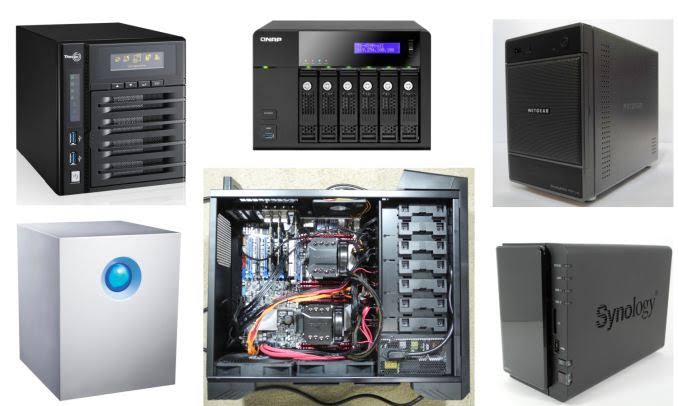Nas Data Recovery
The growing demand of bigger storage needs of business organisations nowadays, NAS (Network Attached Storage) was introduced to provide for effective storage solutions.

If you’re heavily dependent on mass storage boxes can interruption, loss of computers, accidental deletion of files, failure of hard drives and power cuts an organisation thousands of euros cost. For those cases, Stellar provides fast and efficient NAS data recovery services.
A Network Attached Storage (NAS) is a server device that provides data storage services over a local area network (LAN). Such devices offer various file sharing services, such as Windows file sharing (CIFS, SMB), Apple File Sharing (AFS), etc.
Devices of this type store files in so-called "shared folders", accessible from "client" devices over a LAN.
here are plenty of different NAS devices from different vendors: from simple "LAN disk" boxes with very simple system-on-chip (SOC) hardware and up to big corporate class storage systems, built on powerful server hardware.
Most common causes of RAID failures
- Physical Failer
- Multiple drive failure
- RAID controller card
- Physical RAID failure
- Ram failure
- Failed Motherboard
- Failed backplane
- Electrical failure
- Drives off line
- Bad Sectors
- Natural disasters
- Physical Drive failure
- User Error
- Deleted data
- Reformatted array on drive
- incorrect replacement of drive
- Accidental initialization
- Logical failure
- Virus, trojan or worm
- Directory structure damage
- Damaged file and folders
- Registry Configuration
- RAID configuration problem
- OS corruption
Surat Data Recovery Services treat every case as a priority. Once the server or drives reach our lab, our engineers will evaluate them thoroughly and find out the specific problems with the failed array.
Some NAS devices are built on x86-compatible hardware and allow for data recovery performed in the conventional way: you may boot this device using Linux Live CD or Live Flash drive, run conventional data recovery software for Linux OS, find lost data and copy it to some removable media or to a network shared folder.
What about simple system-on-chip devices? They often run a reduced Linux operating system as well, however, due to hardware incompatibility (these devices often use processors of the ARM family) or limited resources they are not able to run conventional data recovery software and require either employing very specific software or removing disks from the NAS, connecting them to a PC and running conventional data recovery software. The latter method is the only option in the cases when NAS hardware is "dead".
On the other hand, a simple one- or two-disk NAS may have very solid design and require performing a very complicated procedure of hard disk removal. So, running special NAS recovery software without disk removal may be the only option for self-service data recovery and avoiding NAS destruction.
Other Services
- Oracle Database Recovery
- Exchange Server Recovery
- Foxpro Database Recovery
- MS-Access Database Recovery
- Mobile Data Recovery
- File Repairing
- Tally Data Recovery
- E-mail Data Recovery
- Laptop Data Recovery
- MS-SQL Server Database Recovery

